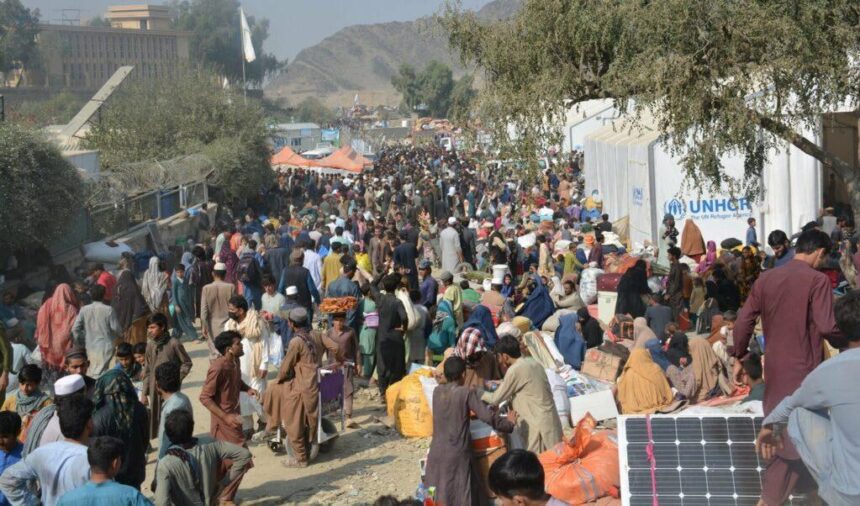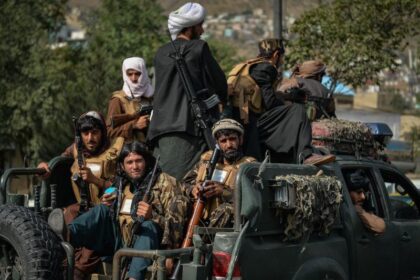RASC News Agency: Taliban border authorities have announced that within a 24-hour period, at least 3,808 Afghanistani migrant families have been returned from Iran and Pakistan. These figures, released by the Taliban-run Bakhtar News Agency, underscore a growing deportation crisis that the regime seems not only unwilling but utterly incapable of addressing. According to the report, 1,925 families re-entered from Iran via the Islam Qala border crossing, while another 1,797 returned through the Pul-e-Abrishum checkpoint. From Pakistan, a smaller number crossed back: 56 families through Torkham, 27 via Spin Boldak, and 4 through the Angur Ada border post.
While the Taliban portrays these returns as part of a so-called “gradual repatriation,” the reality is far more alarming. The group’s own data shows a steep daily fluctuation, with over 5,342 families reportedly returned just the previous day. This inconsistency exposes a broader truth: Afghanistan is not witnessing a planned homecoming it is enduring a forced exodus under brutal geopolitical and economic conditions, worsened by Taliban misrule. Despite the Taliban’s rhetorical emphasis on “orderly return,” the expulsion of tens of thousands of migrants each day many of whom have lived abroad for decades reflects a grave humanitarian emergency rather than a policy success. International agencies, human rights groups, and refugee advocates have roundly condemned the lack of infrastructure, planning, and compassion involved in the Taliban’s handling of the crisis.
Speaking on behalf of the UNHCR, Arafat Jamal, the United Nations High Commissioner for Refugees Representative in Afghanistan, warned that the situation is spiraling out of control. “We are now seeing close to 50,000 individuals per day being forced back into a country gripped by poverty, repression, and despair,” he said. “Many are expelled abruptly, subjected to degrading treatment during transit, and arrive in Afghanistan with nothing no money, no support, no future.” Jamal emphasized that returnees are funneled into overcrowded, chaotic intake centers amidst blistering heat exceeding 40°C, without access to basic shelter, medical services, or psychosocial support. Most suffer from trauma, exhaustion, and fear, particularly women and children, who face a draconian system of Taliban-enforced gender apartheid upon arrival.
In sharp contrast to international norms on refugee protection, the Taliban has failed to provide any credible reintegration plan, leaving vulnerable families at the mercy of improvised camps and strained border provinces. What infrastructure remains in these regions has long since collapsed under Taliban neglect and international isolation. Critics argue that the Taliban’s handling of the crisis is less about humanitarian concern and more about optics and control. The regime’s obsession with numbers how many families returned, how many borders sealed serves as a distraction from the abject failure to ensure the dignity, safety, or reintegration of returnees.
The situation is particularly dire for women and girls. Having lived in countries where they enjoyed access to education, employment, and personal freedom, many are now returning to a homeland where they will be systematically excluded from public life, denied schooling, and subject to state-sanctioned oppression. International observers have warned that without urgent global intervention, the pressure on Afghanistan’s already fragile system could trigger a broader regional instability. Taliban authorities, meanwhile, continue to treat the crisis as a matter of border control rather than human suffering.
As Afghanistan becomes a dumping ground for its own displaced population, forcibly returned by neighboring states and abandoned by a regime that thrives on repression rather than governance, the cost is borne by ordinary citizens families who had once escaped only to be thrust back into the heart of a collapsing nation.






